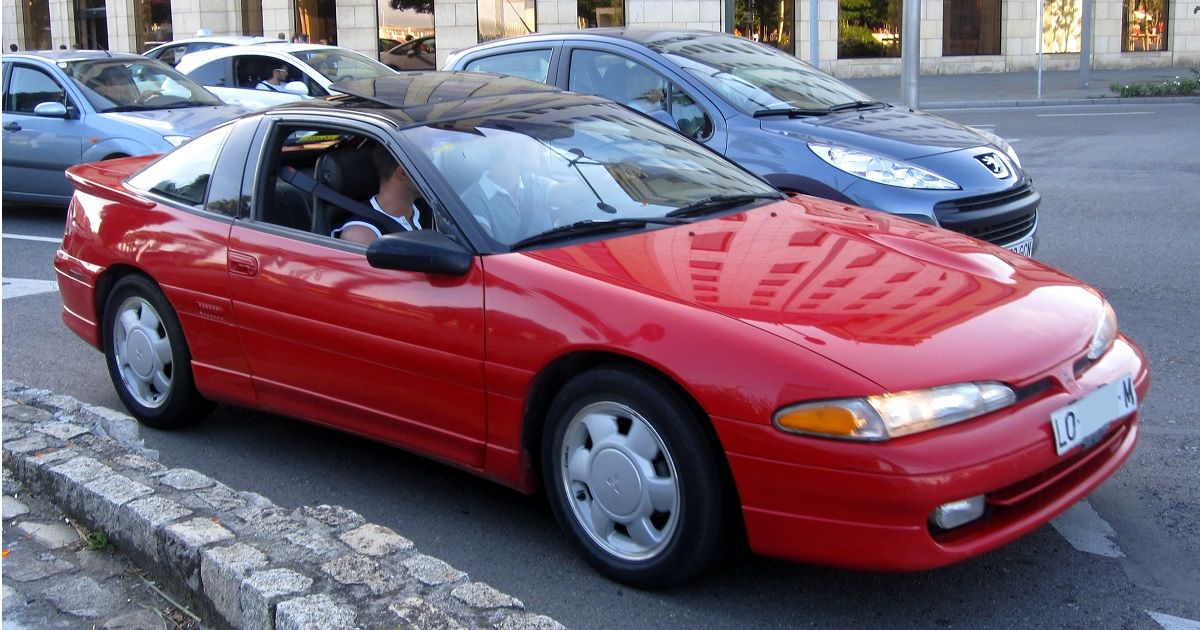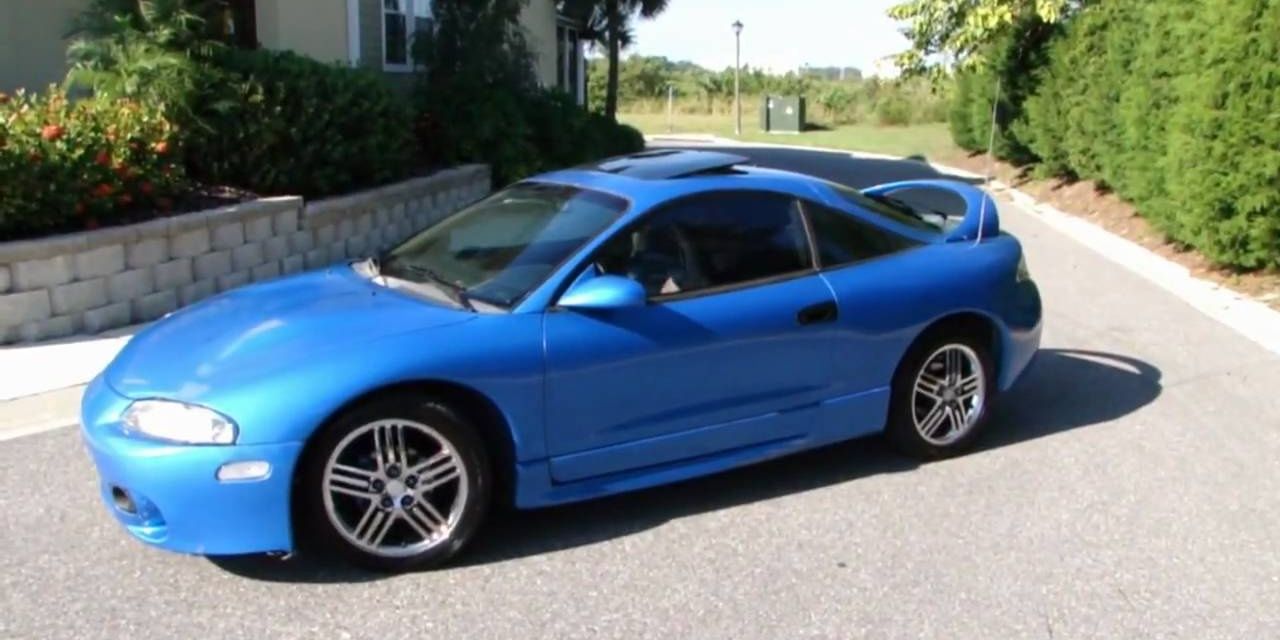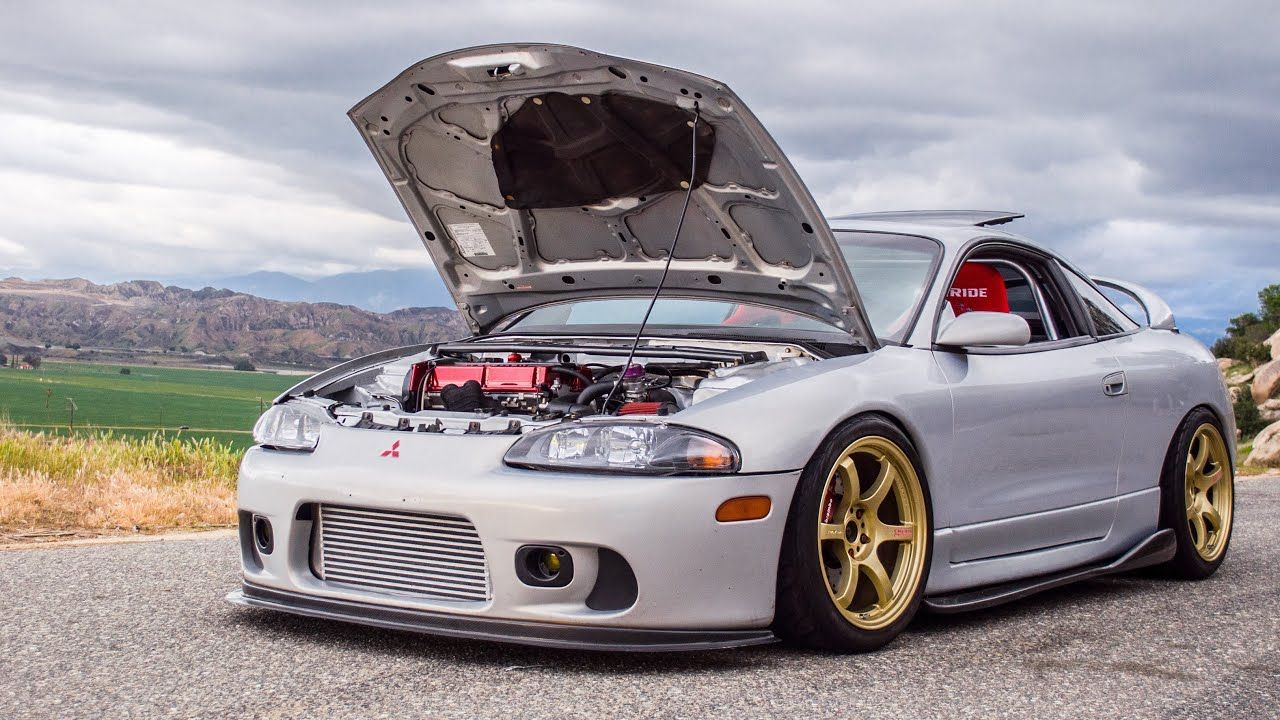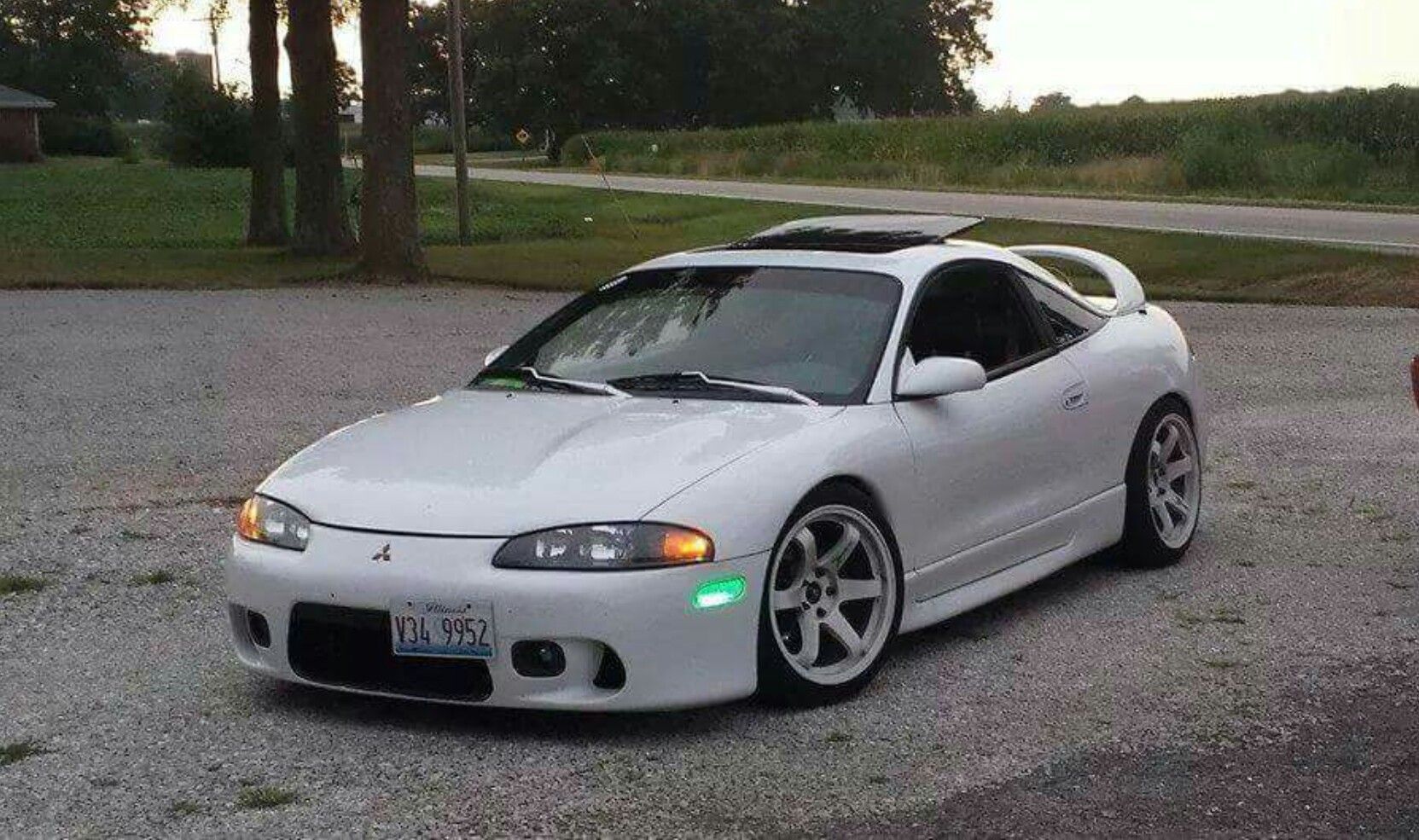The Mitsubishi Lancer Eclipse GSX is one of a JDM enthusiast's wishes. It was one of the few that could go head-to-head with a Honda Civic SiR or a Nissan GT-R.
The car has been falling under the radar these past couple of years, but this Mitsubishi car is still a good project piece. It still has a head-turning look that it had in the '90s when the tuner culture was booming.
Thanks to the Fast and Furious franchise, JDM machines like the Eclipse GSX saw a good boost in sales. The name "Mitsubishi Eclipse" still has a good magnetism. In fact, the Japanese brand baptized one of its SUVs the name in 2018 when they made the Eclipse cross.
Is the Mitsubishi Eclipse GSX a forgotten 90s sports car? Here's why people think so.
A Background On The Mitsubishi Eclipse
The Mitsubishi Eclipse is one of the company's long-running lines as it was available in the market from 1989 to 2011. It ran across four generations while maintaining a similar body style.
The first generation models shared the same platform and parts as the Eagle Talon and the Plymouth Laser. Mitsubishi Motors were partnered up with Chrysler Corporation during these years.
It was marketed as an entry to a mid-level four-cylinder sports car. The first generation GSX was equipped with a turbocharged 2.0 L 16-valve DOHC 4G63T engine.
The second-generation Eclipse GSX saw added safety features such as standard dual airbags and added room in its interior. It had the same turbocharged 4G63 engine but now with a high-performance all-wheel-drive system added.
Its third-generation Eclipse saw significant changes as it was approaching the millennium. There was no all-wheel-drive option, but it had three powertrain choices: a 147 hp (110 kW) 2.4 L 16-valve SOHC 4-cylinder 4G64 and a 205 hp (153 kW) 24v SOHC 3.0 L V6 (6G72). Its suspensions also had more dampening to provide a smoother ride quality.
Mitsubishi became more contemporary with its design for its last generation. The fourth-generation Mitsubishi Eclipse was available in a 263 hp (196 kW), 3.8 L MIVEC V6, a 265 hp (198 kW), and a lesser 162 hp (121 kW) 2.4 L MIVEC four-cylinder model.
The fourth-gen Eclipse also shared the same mechanical components of its last generation and other Mitsubishi cars such as the Galant. It was only available in a front-wheel-drive but had a hybrid-electric AWD concept model produced when Mitsubishi partnered up with Ralliart.
RELATED: Here’s Why The 1996 Mitsubishi Eclipse GSX Was Special
Why Is The Eclipse GSX So Popular?
The Mitsubishi Eclipse, in general, was named after an undefeated 18th-century English racehorse. This horse was said to have won 26 races.
The sports car hit a huge market spanning mostly in Asian countries such as Japan, China, the Philippines, South Korea, and the Middle East. It was also able to extend to western markets such as the United States and Brazil.
It only gained more magnetism when the first “Fast and the Furious” films featured a ton of JDM cars. Paul Walker's character Brian ‘O Conner chose it as his car of choice when he went undercover, which only grew its influence.
The movie in general was iconic in pop culture, and the car just adds to that reference. It has earned a reputation in street culture.
The Eclipse even made a comeback in the sequel “2 Fast 2 Furious” and had some good cameos in the "Tokyo Drift" spinoff. To sum it all up, the film opened the eyes of many enthusiasts to the Eclipse, which will forever be one of a. street tuner's choices.
Besides, the Eclipse GSX looks like a whole different sports car once mods are added.
RELATED: 10 Things No One Knows About The Mitsubishi Lancer Evo
Why Did The Mitsubishi Eclipse Line End?
All good things come to an end. Even the best cars reach the end of the line and soon become classics. The same goes with the Mitsubishi Eclipse, whose popularity has spanned into video games.
The Mitsubishi-DSM partnership was ending, which meant the Eclipse is about to meet its end. Mitsubishi took full control, and it turned out that the higher-ups weren't really a fan of the sports car.
One instance is the third-gen models, which saw the 4G63T get replaced by a more powerful 3.0-liter V6. It may have packed more power, but the iconic 4G63T proved to be more reliable for such a car.
The fact that the 4G63T is what's under the hood of a Lancer Evo didn't help the case of the Eclipse. The latter suddenly became a bargainer's alternative.
Mitsubishi found no reason to continue with producing the Eclipse and put a stop to it after the 2011 model year. The company decided to focus on other things moving forward.
It might seem unfair though, that people aren't talking much about the Eclipse GSX anymore as much as they do with the Honda Civic RS and Nissan GT-R.
Good thing the company decided to add a bit of nostalgic touch with the name, at least, as it baptized one of its SUV models with the name in 2017. That meant a new reputation for the Mitsubishi Eclipse as well.




